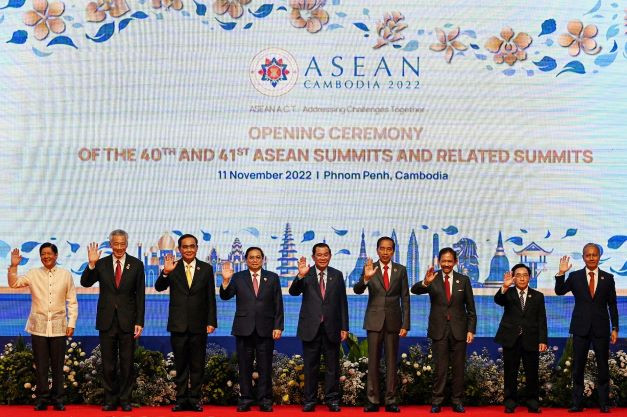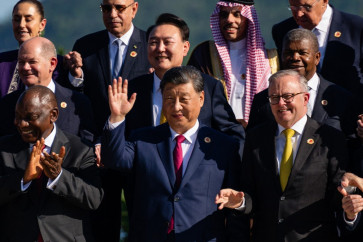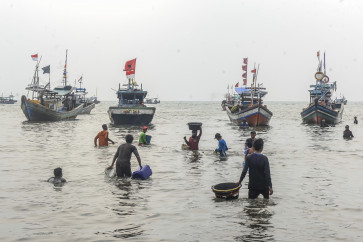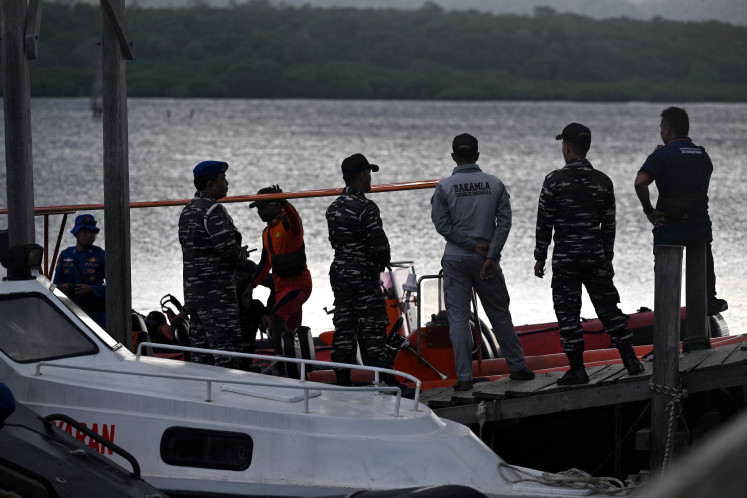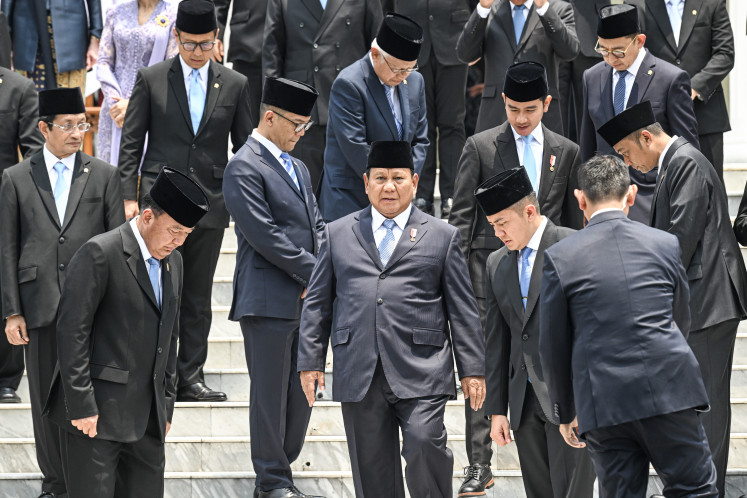Popular Reads
Top Results
Can't find what you're looking for?
View all search resultsPopular Reads
Top Results
Can't find what you're looking for?
View all search resultsASEAN resilience: A pillar for open and inclusive multilateralism
ASEAN resilience needs to bridge the ASEAN pillar and sector-centric silos, which may otherwise deter from a coherent and strategic vision that spans the regional community.
Change text size
Gift Premium Articles
to Anyone
O
ur present is a time of Permacrisis, an extended period of instability and insecurity, to cite Collins Dictionary’s 2022 word of the year.
From COVID-19 to the war in Ukraine to climate-related disasters, crises now travel faster, farther and more frequently than before. A part of our new normal, crises can no longer be dismissed as exceptions or outliers.
What, then, can we do in a time of a Permacrisis? Where do we go from here?
Resilience, or the ability to bounce back from shocks and stressors, offers one possible answer. If crisis is the new normal, then it makes less sense to rely on old methods of risk prediction and elimination. Instead of arising from “known knowns,” crises increasingly arise from “unknown unknowns,” risks that we are not even aware of and thus cannot predict.
In such contexts, resilience focuses on bolstering our capacity (as individuals, societies and ecosystems) to bounce back from crises and strengthen future recovery.
Given that these crises and complex risks proliferate in transnational contexts, it is here that ASEAN and resilience come to meet. Increasingly, the problems that we face cannot be solved through compartmentalized national actions alone. Risks will otherwise simply migrate, only to return in more virulent forms, like COVID-19 variants thriving from vaccine hoarding and unequal supplies worldwide.
In short, transnational risks require transnational responses. Here, ASEAN stands as a key pillar for coordinating regional resilience in support of both national and global resilience. Unsurprisingly, resilience has begun to manifest in various sectors of ASEAN policy, from disaster resilience to supply chain resilience and resilient energy and food systems.
However, there are important pieces missing, which need to be explored as part of ASEAN’s post-2025 agenda.
First is mainstreaming resilience in ASEAN. This does not simply mean adding an agenda on resilience to a long list of ASEAN activities. Rather, a more holistic approach is needed to ensure that ASEAN resilience coherently weaves together its many strands.
For example, discussions on food resilience would need to involve agriculture, trade and investment, finance and science, technology and innovation. The same intersections apply for other sectors like climate and health.
ASEAN resilience thus needs to bridge the ASEAN pillar and sector-centric silos, which may otherwise deter from a coherent and strategic vision that spans the regional community.
Second is a particularly sensitive point on the need to apply resilience to ASEAN's own internal crises, as recent developments have shown. The ASEAN Charter is clear on the principle of non-interference in member states’ domestic affairs.
Yet, it also highlights a shared commitment and collective responsibility for enhancing regional peace, stability and prosperity. Discussion is needed on how institutional adaptation can address these internal tensions and risks for greater regional resilience.
Third is the need to address external tensions and risks by contributing a cohesive ASEAN resilience narrative to global policy discussions. Resilience is now a key theme in international policy, but its narratives have been shaped to an extent by geopolitics. ASEAN’s geopolitical significance brings an opportunity to enunciate and affirm the region's own standpoint in global policy settings.
This is an opportunity to shape a more open and inclusive multilateralism; one that is resilient to rising geopolitical and geoeconomic tensions. This will not be the first time the region defends a multilateralism that works for all.
ASEAN member states were amongst the key figures behind the famous 1955 Asian-African/Afro-Asian Conference in Bandung, which established the global Non-Aligned Movement. A more recent example is the 2019 ASEAN Outlook on the Indo-Pacific, which affirms ASEAN's own views on the Indo-Pacific amidst surrounding political interests and debates.
Within global resilience discourse, a distinct ASEAN vision could join other emerging and middle powers to build towards an open and inclusive multilateralism for all. It also provides a renewed means to engage with or stand alongside intersecting policies (like the Indo-Pacific Economic Framework) in a way that reaffirms the interests of the ASEAN community.
Doing so not only reinforces the region’s identity and global standing, but also fulfills the purposes in the ASEAN Charter: to strengthen regional resilience and maintain ASEAN's role as a driving force for a regional architecture that is open, transparent and inclusive.
Our present Permacrisis and its entanglements pose major challenges and opportunities for the ASEAN community. Globalization may have brought human lives closer together, but we do not yet seem to know how to live so close to one another. Growing complexity and geopolitical shifts call for new ways of thinking about a post-2025 ASEAN. Resilience thus opens a way for ASEAN to evolve amidst crises through institutional adaptation and proactive multilateralism; bouncing forward and not just bouncing back.
While resilience is not a panacea, it offers a technical way of reframing risk that can underpin regional and global cooperation. We thus avoid more utopian or abstract versions of resilience tied to, say, degrowth or global justice. Rather, ASEAN resilience must adopt a pragmatism that can weather the ecological and geopolitical storms ahead.
With the post-2025 agenda before us, let us hope that ASEAN is up to the challenge.
***
Julia Tijaja is former director of ASEAN Integration Monitoring at the ASEAN Secretariat. Albert Sanghoon Park is a lecturer at the Department of International Development and a fellow of Wolfson College, University of Oxford.

